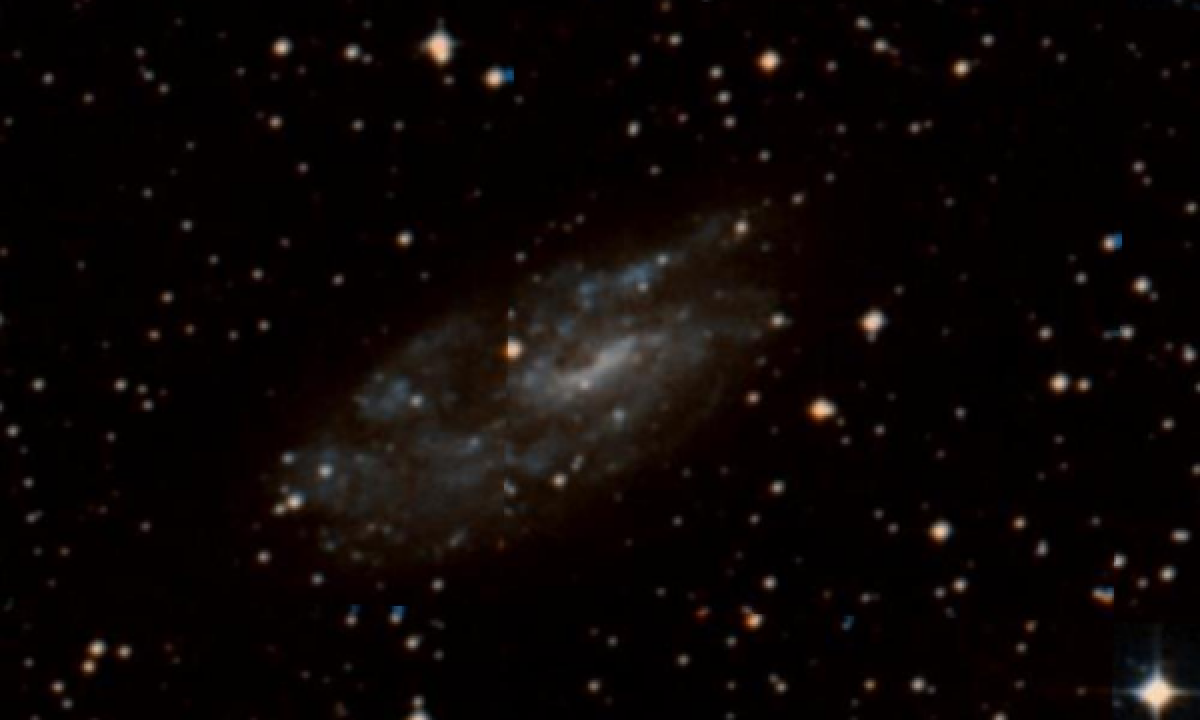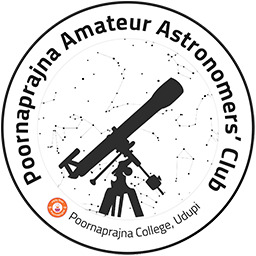The New General Catalogue of Nebulae and Clusters of Stars (abbreviated as NGC) is a catalogue of deep-sky objects compiled by John Louis Emil Dreyer in 1888. The NGC contains 7,840 objects, known as the NGC objects. It is one of the largest comprehensive catalogues, as it includes all types of deep space objects, including galaxies, star clusters, emission nebulae and absorption nebulae.
Know more about NGC
NGC 2427

NGC 2427 is a barred spiral galaxy located in the constellation Puppis. It is located at a distance of about 35 million light years from Earth, which, given its apparent dimensions, means that NGC 2427 is about 50,000 light years across. It was discovered by John Herschel on March 1, 1835. NGC 2427 has a bright short bar and two main spiral arms. The arms are asymmetric and of low surface brightness and feature many knots and HII regions the largest of which are about one arcsecond across. The total star formation rate is estimated to be 1.1 M☉ per year. When observed in H-alpha the bar is well defined and narrow and appears about one arcminute long across the galactic bulge. Many faint HII regions are visible in the inner and extended eastern disk of the galaxy. As the galaxy lies near the galactic plane and is seen in high inclination it is difficult to trace the spiral arms in H-alpha. The nucleus is very small and faint and hosts a nuclear star cluster which is 3.2 arcseconds across. NGC 2427 is a member of a galaxy group which also includes the galaxies NGC 2502, ESO 208- G 021, and ESO 209- G 009.
More Images:

Sources:
Wikipedia Page: NGC 2427
NGC 2427 at In-The-Sky website
